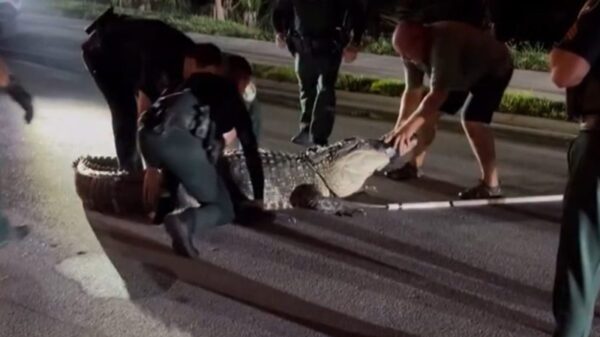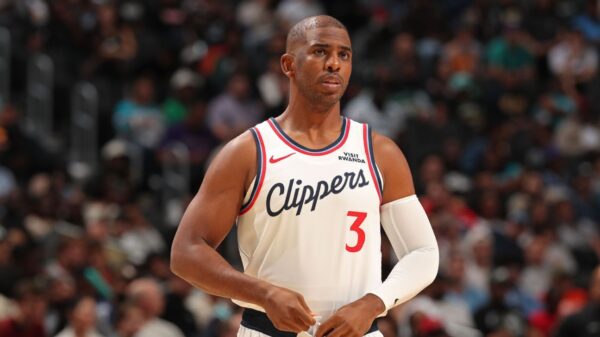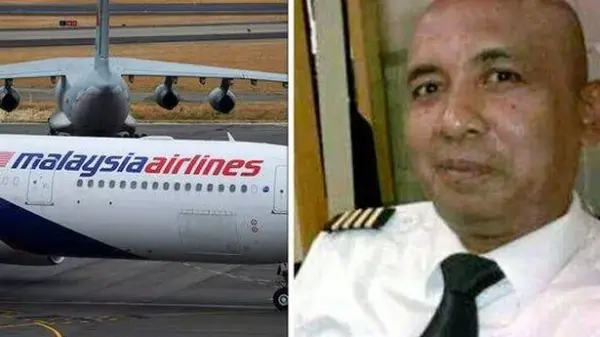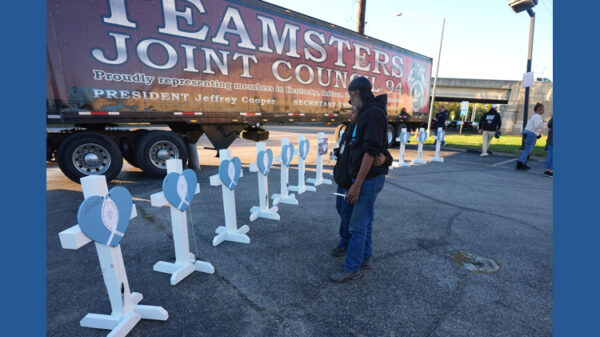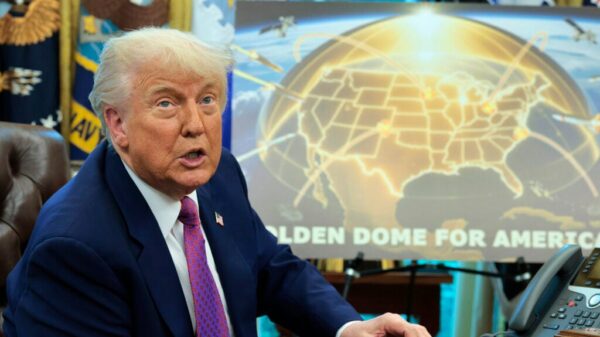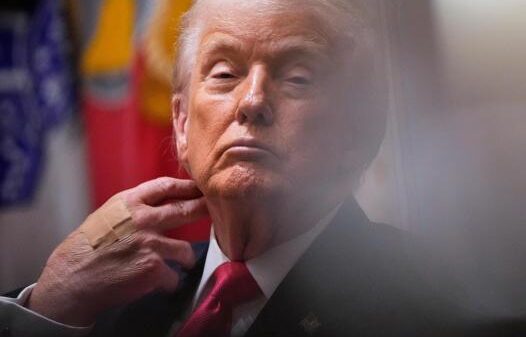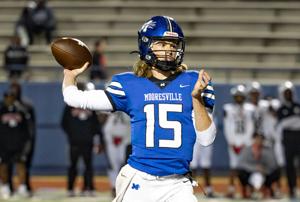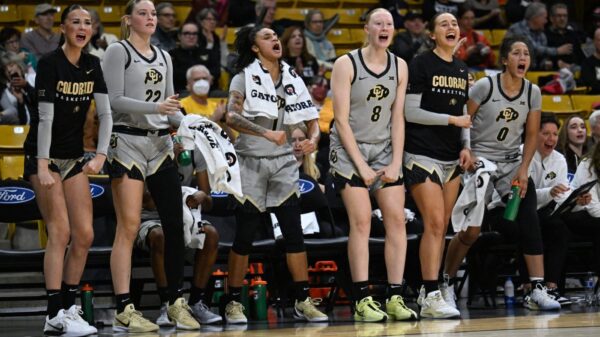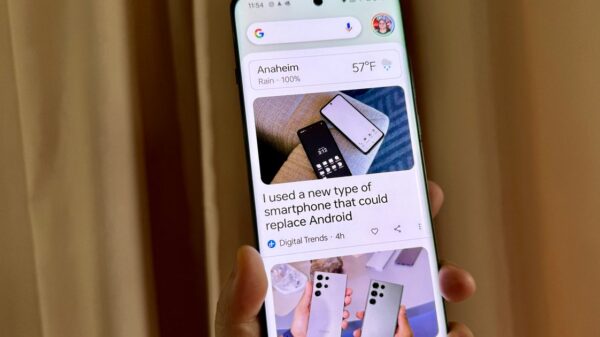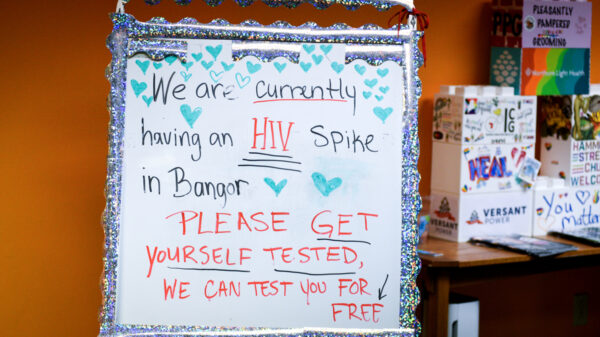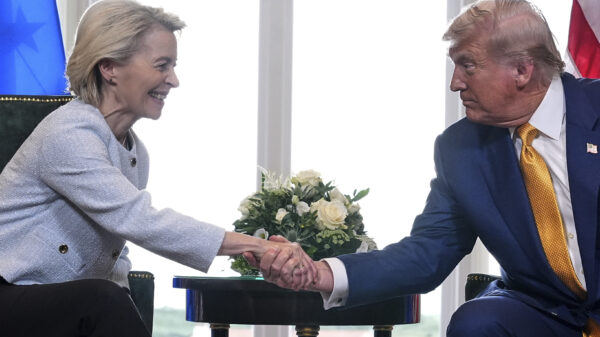The recent election in Massachusetts has revealed that a significant majority of voters support the introduction of a state lottery to fund old age pensions. This initiative has drawn parallels to historical lottery efforts, including one launched in 1789 to support Williams College in Williamstown.
Historical Context of College Lotteries
The practice of using lotteries to bolster college finances dates back to the 18th century. Notably, Williams College received legislative approval for a lottery on February 11, 1789. This move was not unique; institutions such as Yale University initiated a lottery in 1747, while Columbia University followed in 1754 and Harvard University in 1722.
The Williams College lottery was promoted with catchy slogans, including “Nothing Venture Nothing Have” and “Not Two Blanks to a Prize.” The tickets were sold for $2, and the total prize pool reached $5,800, suggesting that profits from the venture were modest.
Challenges and Competition
The drawing for the lottery was held in Boston to attract more participants, particularly those in the region who showed interest in supporting the initiative. This decision, however, sparked competition with an ongoing lottery in Charlestown. Tensions escalated as the Charlestown lottery organizers reduced the commission for ticket sellers in response to Williams College entering the market.
In light of these challenges, the Williams College lottery managers convened a special town meeting to seek guidance. The consensus was to schedule all future drawings ahead of the Charlestown lottery to avoid direct competition. Unfortunately, after two months, ticket sales dwindled in Boston, prompting the organizers to abandon their eastern campaign.
Financial difficulties plagued the lottery management as they struggled with the primitive currency system still in use at the time. They declared on December 21, 1789, that they were experiencing “a very great failure,” which postponed the next drawing due to cash shortages. Despite these obstacles, the lottery eventually managed to contribute $3,449.09 to the treasury of the “Williamstown Free School.”
The historical context of these early lotteries highlights the evolving relationship between state funding and educational institutions. As Massachusetts voters weigh the potential revival of a lottery system, the lessons from the past may inform modern perspectives on public finance and social support initiatives.



